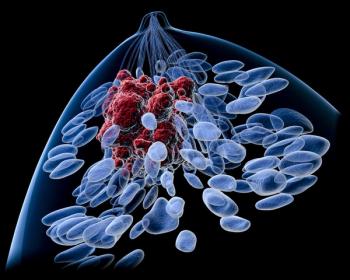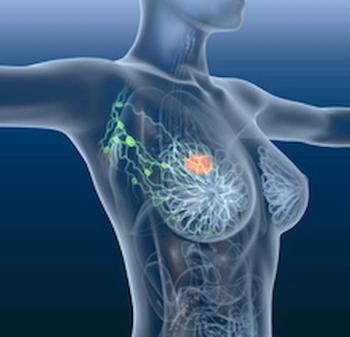
Tazemetostat Is Active, Well Tolerated in Rare Epithelioid Sarcoma
The EZH2 inhibitor tazemetostat has shown good activity and is very well tolerated in an analysis of three trials of patients with the rare sarcoma subtype known as epithelioid sarcoma.
The EZH2 inhibitor tazemetostat has shown good activity and is very well tolerated in an analysis of three trials of patients with the rare sarcoma subtype known as epithelioid sarcoma.
The natural history of epithelioid sarcoma is poorly understood, and an optimal therapeutic strategy has not yet been established, said Mrinal M. Gounder, MD, of Memorial Sloan Kettering Cancer in New York. The malignancy is confirmed by the pathognomonic loss of the INI1 protein.
The loss of INI1 allows EZH2 to become an oncogenic driver, suggesting that the targeting of this protein by tazemetostat could be useful. Gounder presented results of three trials that included epithelioid sarcoma patients treated with the agent at the Connective Tissue Oncology Society (CTOS) 2017 Annual Meeting, held November 8–11 in Wailea, Hawaii.
A phase I pediatric trial had two eligible patients, and a phase I adult trial had three patients; a phase II trial included 31 patients. Both pediatric patients had metastatic disease at study entry, as did one of the three adult phase I patients and 27 of the phase II patients.
“Tazemetostat is a remarkably well-tolerated drug,” Gounder said. In the phase II adult trial, the most common treatment-emergent adverse events were generally grade 1/2 fatigue, decreased appetite, and nausea. The most common grade 3 treatment-emergent adverse event was anemia, occurring in 13% of patients. The phase I safety data was similar, and no phase II patient discontinued due to adverse events.
One of the two pediatric patients had a complete response, and the other had stable disease. Two adult phase I patients had stable disease, and the other had progressive disease. In the larger phase II cohort, four patients (13%) had a partial response, 18 patients (58%) had stable disease, and 7 (23%) had progressive disease (two were not evaluable or unknown). Six of those with stable disease remained on the study drug. In the phase II cohort, the median progression-free survival was 5.7 months.
A preliminary analysis of overall survival in the adult phase II patients showed a marked difference between those who achieved an objective response or disease control for at least 32 weeks compared with those who did not.
“Overall, tazemetostat treatment conferred an overall response rate of 14% and a disease control rate of 36% in patients with epithelioid sarcoma,” Gounder concluded. “In general, patients tolerate this drug extraordinarily well.”
Newsletter
Stay up to date on recent advances in the multidisciplinary approach to cancer.


















































































